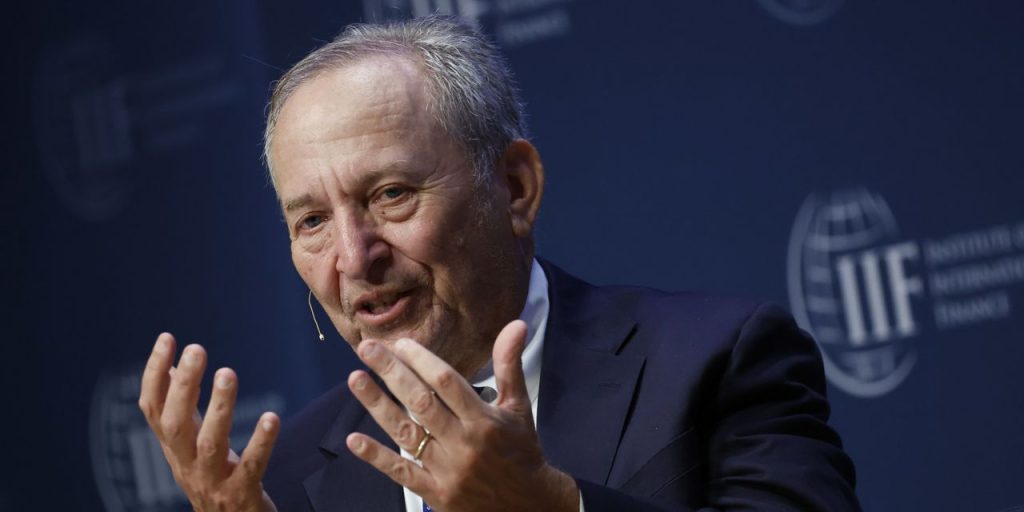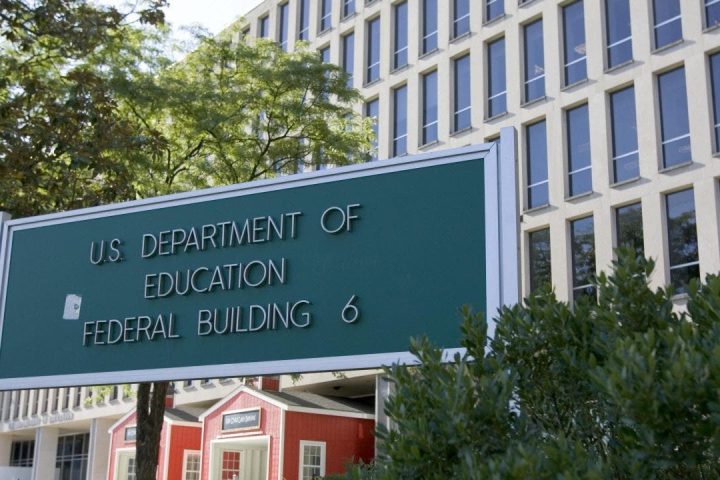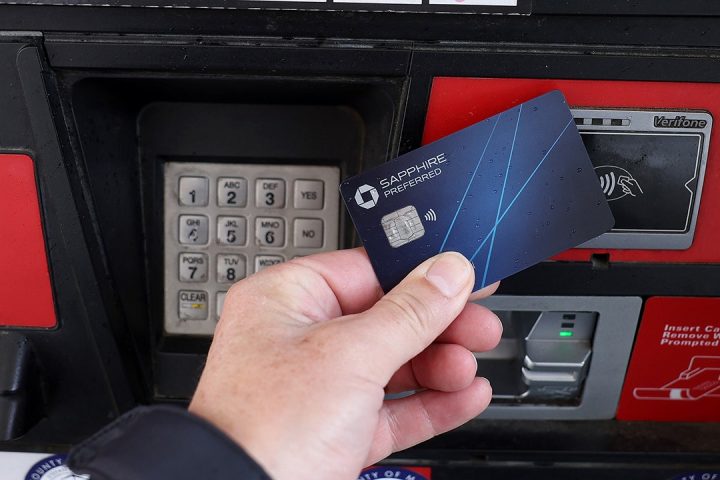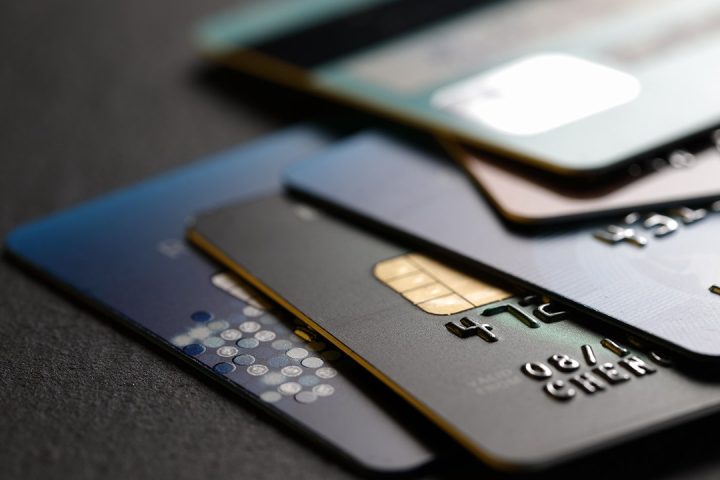This article is reprinted by permission from NerdWallet. The investing information provided on this page is for educational purposes only. NerdWallet, Inc. does not offer advisory or brokerage services, nor does it recommend or advise investors to buy or sell particular stocks, securities or other investments.
When I wrote about employer-provided emergency savings accounts four years ago, the idea was still pretty novel. Some companies were experimenting with ways to help their workers save for short-term needs, but the concept wasn’t even on the radar for many employers.
What a difference the pandemic made. Millions were thrown out of work with little warning, and few had the financial reserves to survive even a few months of unemployment. Big employers, and lawmakers, took notice, says Claire Chamberlain, global head of social impact for investment manager BlackRock. The result: Hundreds of thousands of workers now have options to build emergency savings through their employers, and Congress passed laws to encourage more companies to add short-term savings options.
“I think a lot of people woke up,” Chamberlain says.
Pandemic highlighted Americans’ financial fragility
Employers tend to overestimate their workers’ financial stability, says Timothy Flacke, co-founder and executive director of Commonwealth, a nonprofit that promotes financial security. The pandemic brought home the reality that most Americans live paycheck to paycheck, and many have little or no emergency savings.
“COVID really changed a lot of things in terms of an employer’s understanding of the day-to-day financial challenges of their people,” Flacke says.
But there’s also been a growing awareness that emergency savings are key to financial health, he says. Even a small amount of savings can help families avoid falling behind on bills or turning to high-cost loans. Workers without emergency savings are less likely to contribute to retirement plans, and those with savings are less likely to tap the retirement savings they have, Flacke says.
Read: 7 more ways to save that you may not have considered
In addition, companies are aware that financial stress takes a toll on workers’ productivity by distracting them during working hours, Chamberlain says.
“It’s that productivity drag that I think at its core is motivating employers,” Chamberlain says.
Push for emergency savings picks up steam
In 2019, BlackRock
BLK,
launched its Emergency Savings Initiative in partnership with Commonwealth, the Financial Health Network and a third nonprofit, Common Cents Lab. The initiative started with a handful of employers and financial services firms experimenting with emergency savings programs.
Since the pandemic began, those companies have been joined by several big employers — including UPS
UPS,
Starbucks
SBUX,
Delta Air Lines
DAL,
and Best Buy
BBY,
Some provide incentives to encourage savings: Delta will chip in up to $1,000 for workers who complete a financial education program, for example, while Starbucks contributes up to $250.
One of the biggest hits so far is a savings feature that payroll processor ADP
ADP,
added to its Wisely prepaid debit card and app. Wisely can be used by employers to pay workers as an alternative to checks or direct deposit. The savings feature allows users to set up automatic transfers to a “savings envelope,” and transfer savings back to their available balance whenever they need to spend the money. By the end of 2022, Wisely users had saved more than $1.55 billion, Chamberlain says.
See: 6 tips to build your emergency fund
Don’t expect an emergency savings plan at open enrollment
We’re a long way from employer-provided emergency savings accounts being as common as employer-provided health insurance or retirement plans. But momentum seems to be building.
“It is rare that I have a conversation with an organization of any size that is not thinking about emergency savings,” says Matt Bahl, Financial Health Network’s vice president and head of workplace financial health.
It doesn’t hurt that SECURE 2.0, the retirement legislation that became law late last year, includes provisions that encourage employers to offer emergency savings options.
Starting in 2024, employers can add an after-tax emergency savings option to their retirement plans, allowing workers to put aside up to $2,500 — an option often referred to as a 401(k) “sidecar.” In addition, employers can opt for automatic enrollment to increase participation. Another provision allows companies to let workers take penalty-free withdrawals of up to $1,000 from their 401(k)s and other workplace retirement accounts.
But employers may be more likely to offer emergency savings programs in addition to, rather than as part of, their retirement plans, Bahl says. Standalone savings plans could be easier and cheaper to implement, and could attract some of the most financially fragile workers who may not feel able to contribute to retirement, Bahl says.
“We work with some of the largest employers in the country. Not a single one of them is doing a sidecar program, but more than half of them have or are planning to deploy an out-of-retirement-plan emergency savings option,” Bahl says.
Still, having Congress’ blessing on the concept of employer-provided emergency savings plans was a watershed moment, Bahl and Flacke agree.
“Certainly having policymakers who can’t agree on much these days pass a bill that includes these provisions is a pretty clear signal,” Flacke says.
Also on MarketWatch: Americans paid a record $130 billion in credit-card interest and fees last year. The bill could be even bigger this year.
In the past, workers may have been reluctant to ask for emergency savings options, concerned that they would be stigmatized for struggling financially, Flacke adds. Greater awareness that most workers live paycheck to paycheck could ease that fear.
“I think there’s more space for people to say, ‘That’s my reality. And it would really be helpful if you can put systems in place to allow me to have a buffer,’” Flacke says.
More From NerdWallet
Liz Weston, CFP® writes for NerdWallet. Email: [email protected]. Twitter: @lizweston.
Read the full article here







